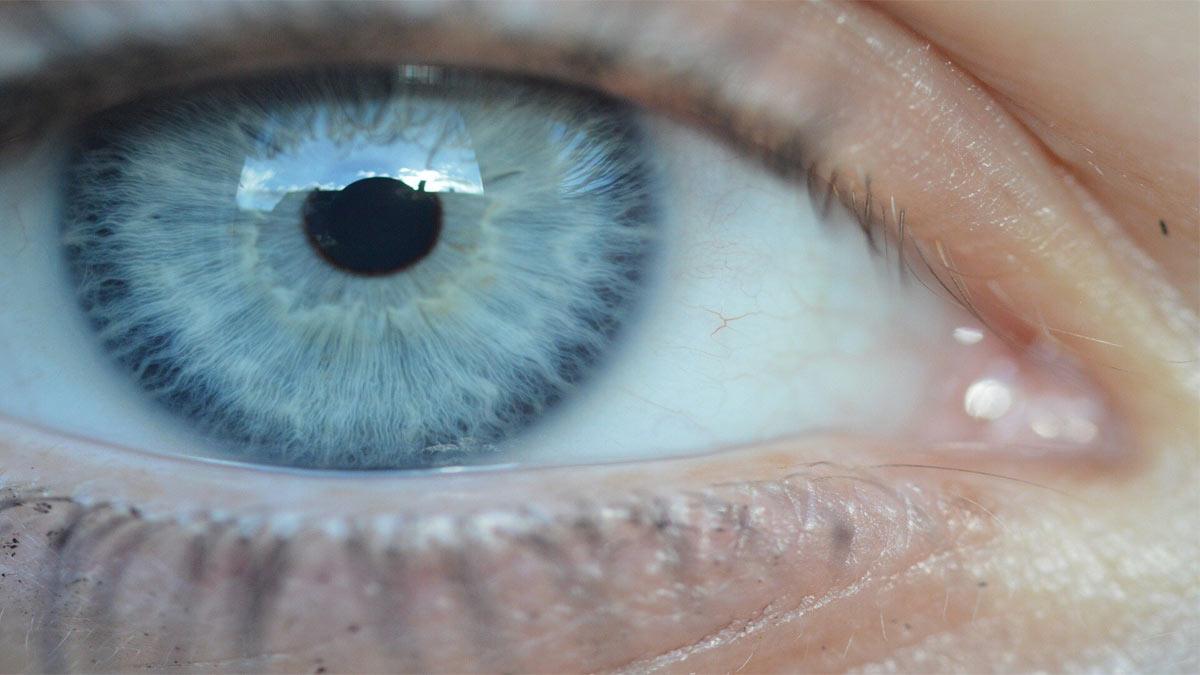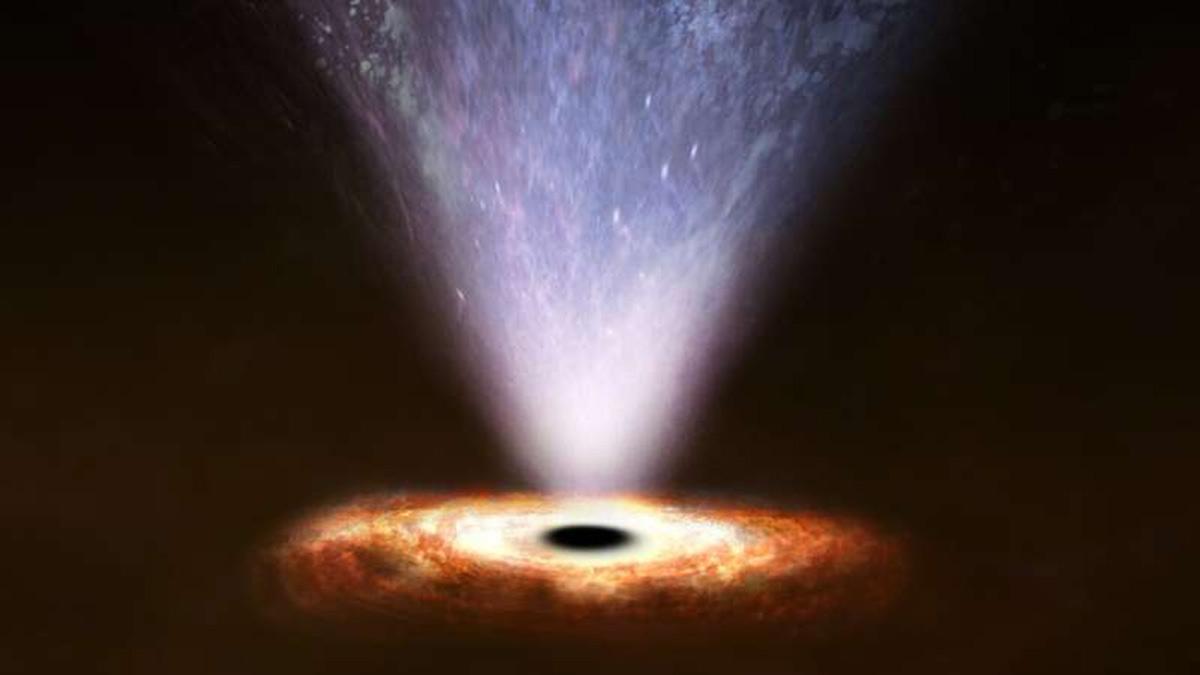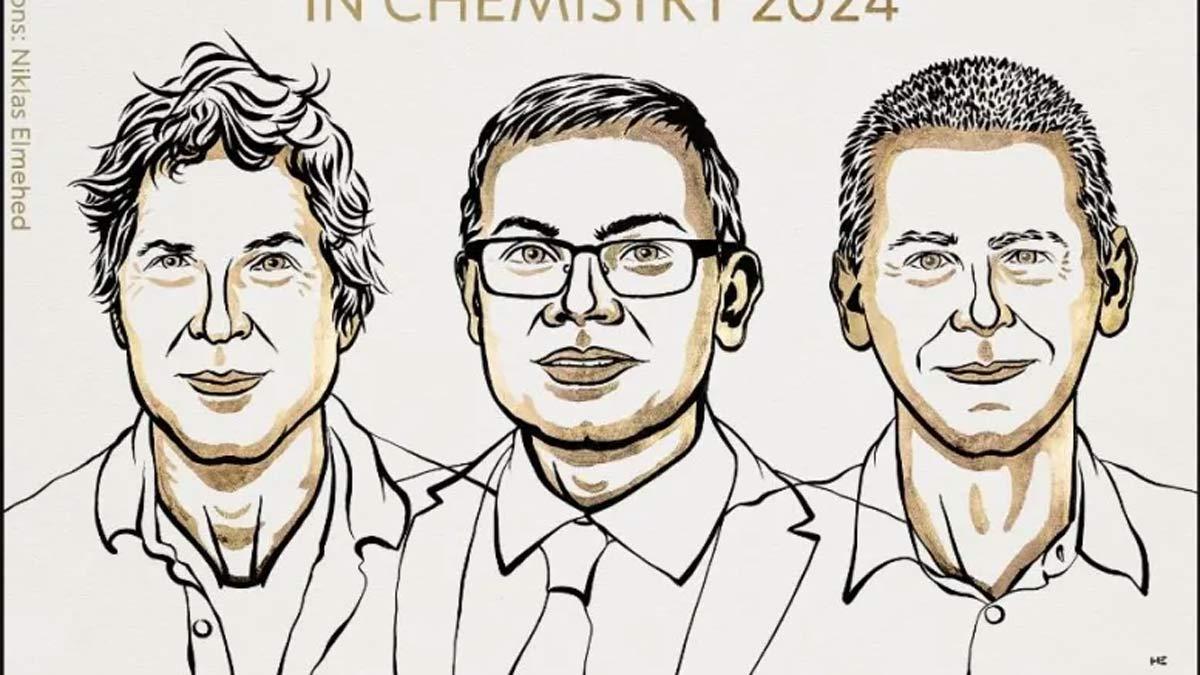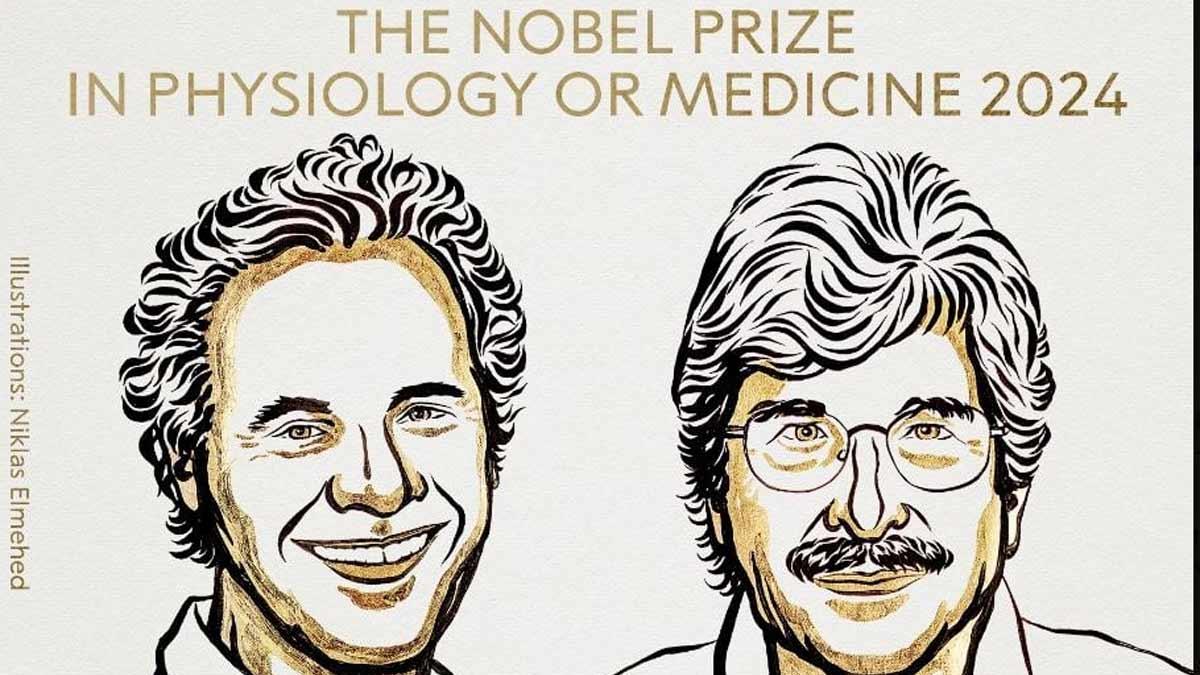The pupil of the eye is a key to understanding how, and when, the brain forms strong, long-lasting memories, a mice study finds.
Researchers at Cornell University in the US found that new memories are being replayed and consolidated when the pupil is contracted during a substage of non-REM sleep. And when the pupil is dilated, the process repeats for older memories.
The team said that the brain avoids "catastrophic forgetting," a situation where consolidation of one memory causes another one to be eradicated, by splitting these two substages of sleep.
Published in the journal Nature, the findings indicated it may lead to better techniques in memory enhancement in humans and might also help computer scientists train artificial neural networks more efficiently.
Azahara Oliva, a Cornell assistant professor, observed: "the brain has this intermediate timescale that separates the new learning from the old knowledge."
The team had fitted the mice with electrodes connected to their brain and with minute eye-tracking cameras as they undertook all kinds of activities - collecting water or cookie rewards inside a maze.
They learn some new task on that day. Once the mice sleep, then electrodes caught all neural activity from the brains and cameras took snapshots of pupils alterations.
These records have found the fact that sleeping temporal structure is much diverse for mice as humans are perceived during the night.
They also discovered that as soon as a mouse enters a substage of non-REM sleep, its pupil constricts, and it is there that the recently learned tasks -- that is, the new memories -- are being reactivated and consolidated while previous knowledge is not.
In contrast, older memories are replayed and integrated when the pupil is dilated, the report said.
Read also| Egg-Shaped Galaxies May Be Aligned with the Black Holes at Their Core, Say Astronomers


















